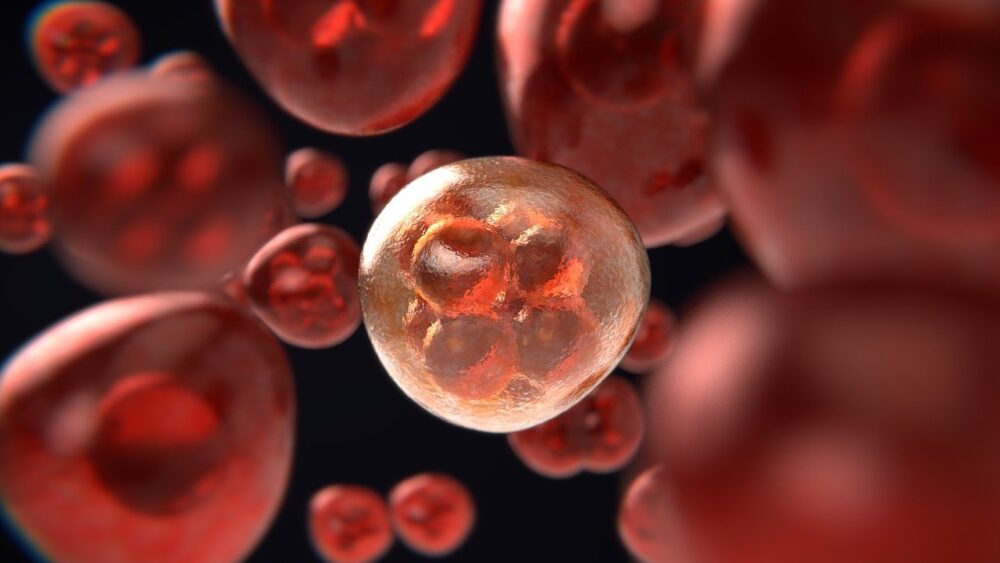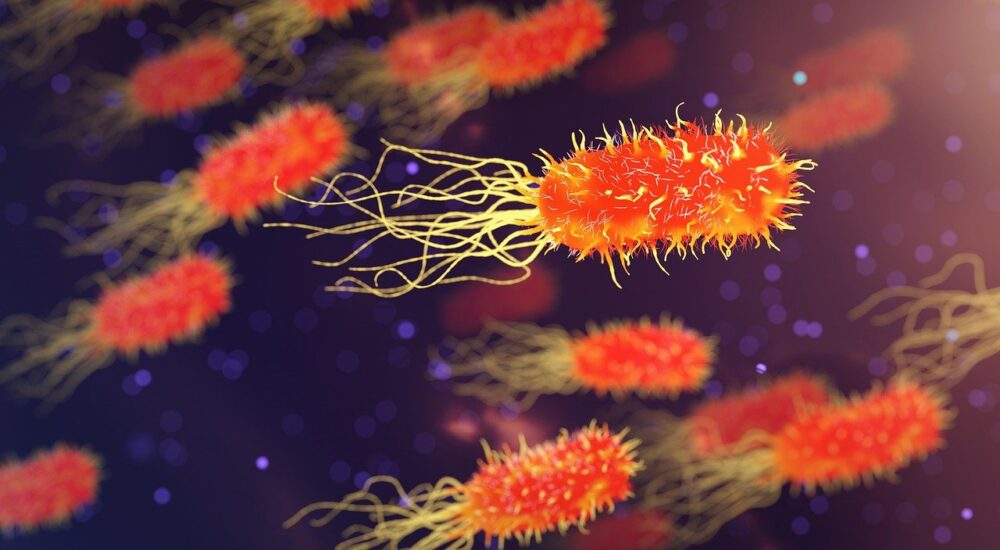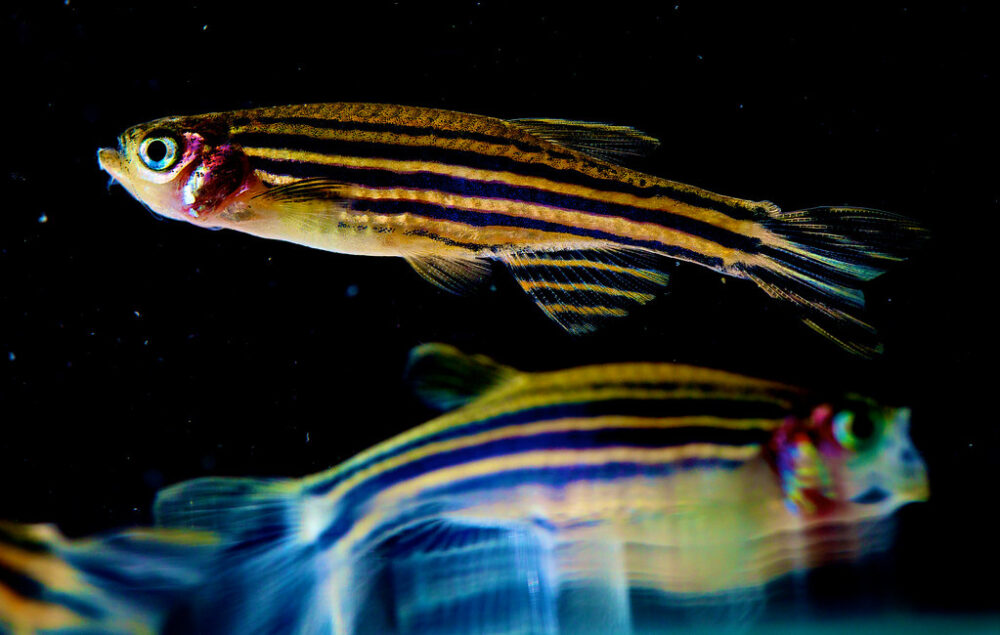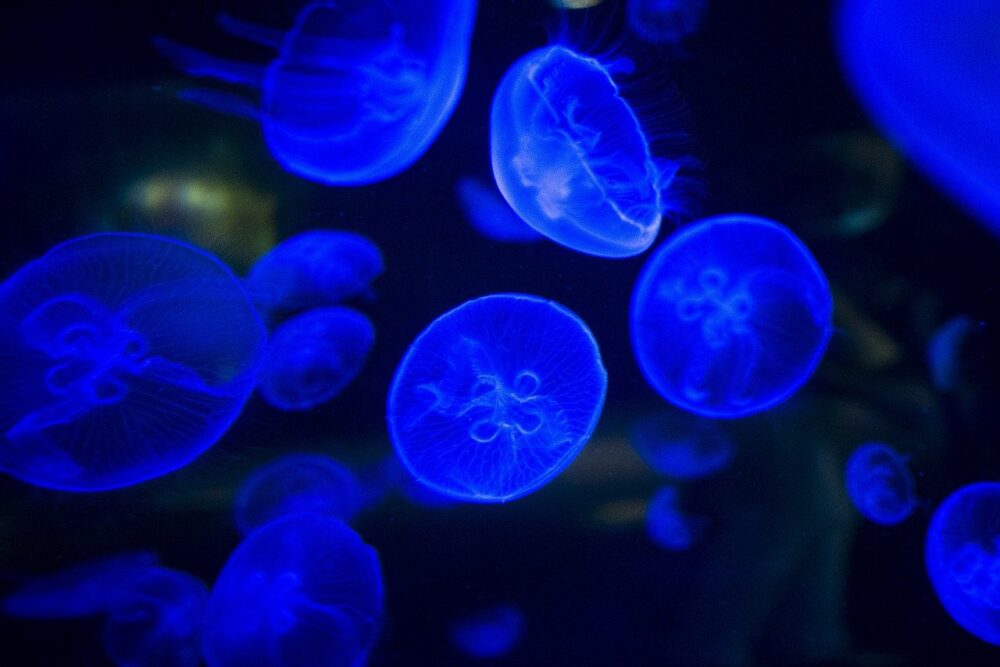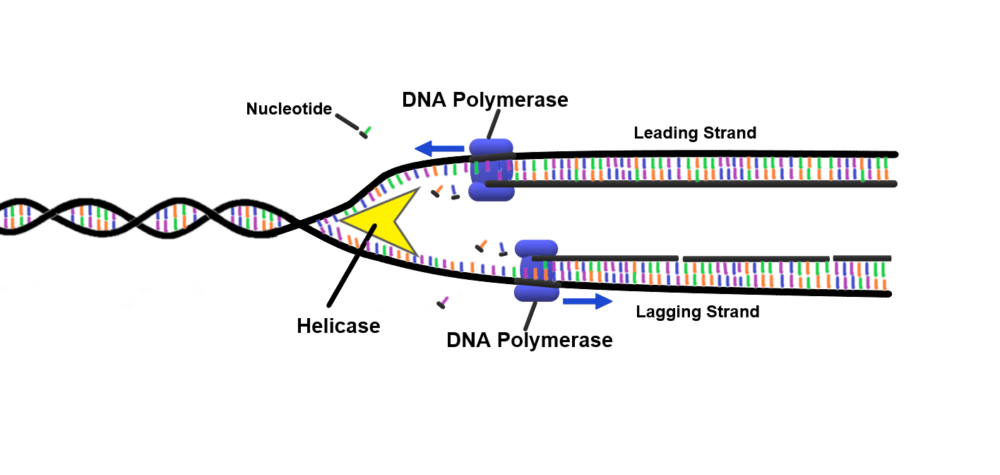Your brain on death
Death has long been known as the event horizon of neuroscience. While it is still infeasible for neuroscientists to examine the experiences of dead brains, recent studies have provided much insight into the moments preceding death. According to Daniel Condziella of Copenhagen University Hospital, brain death — currently, the most commonly accepted definition of legal […]
Your brain on death Read More »



